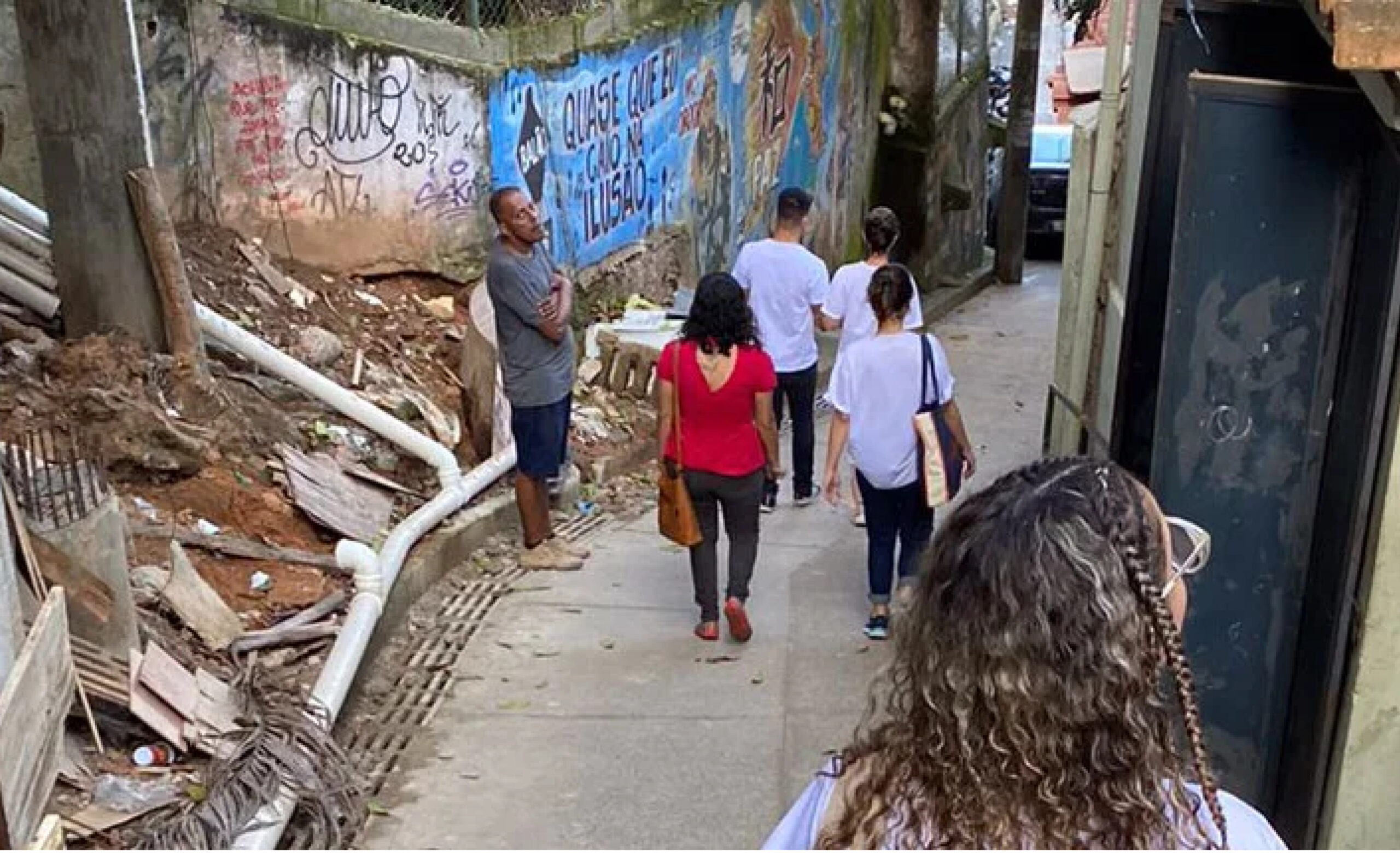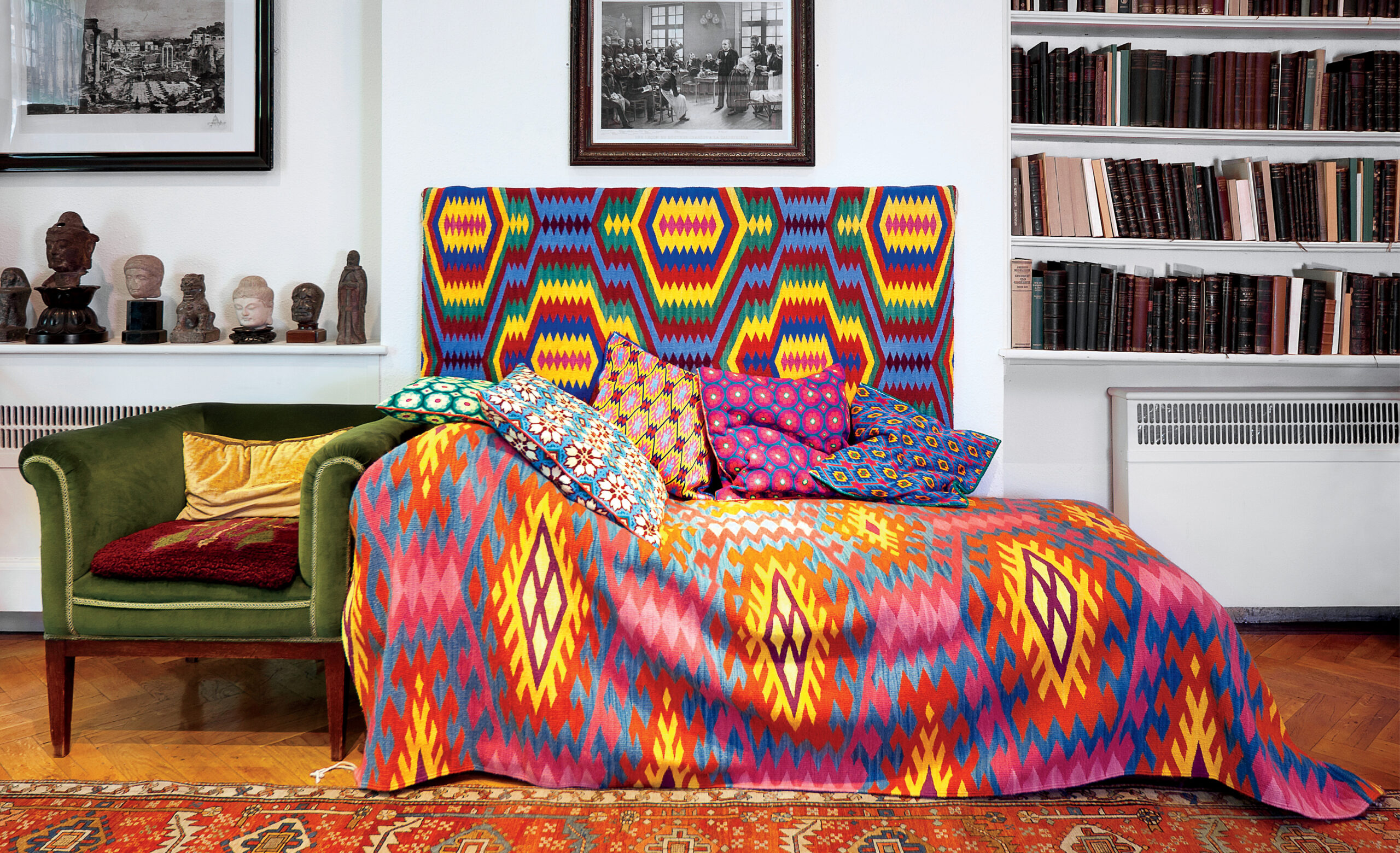Bispo do Rosario: All Existing Materials on Earth at Americas Society in New York
Bispo do Rosario: All Existing Materials on Earth at Americas Society in New York
In this video, the curators of the Afro-Brazilian artist's first solo exhibition in the United States comment on his influence on art today.
"What Bispo did was everything contemporary art would like to do or what modern art wanted to do." That was how Ricardo Resende—one of the curators of the Americas Society exhibition Bispo do Rosario: All Existing Materials on Earth—explained the importance of the Afro-Brazilian artist Arthur Bispo do Rosario in Brazil and Latin America.
During his career, Bispo created more than 1,000 artwork objects from Colônia Juliano Moreira, a psychiatric institution in Rio de Janeiro where he lived most of his life. Bispo did not see himself as an artist. His work is the answer to a series of hallucinations he had in 1938 at the age of 29 that made him believe he had been sent by God on a mission to recreate the universe.
In this video, the curators of the artist's first solo exhibition in the United States comment on how despite suffering stigmatization for being a poor black man labeled as crazy, Bispo do Rosario influenced formerly-trained artists and changed the parameters on what art is—and can be—in Latin America. The choice to show Bispo do Rosario at Americas Society also shares this purpose. "He really is an example of allowing us to expand what we think when we think about the art system and be able to be more inclusive in the type of artist that we present in institutions," said Aimé Iglesias Lukin, director and chief curator at Art at Americas Society.
Co-curated by Iglesias Lukin, Resende, and Javier Téllez, with Tie Jojima, the exhibition is organized in collaboration with the Museu Bispo do Rosario Arte Contemporânea in Rio de Janeiro. The show runs at Americas Society in New York from January 25 through May 20, 2023.
- Visit Bispo do Rosário: All Existing Materials on Earth at Americas Society in New York.
Video by Luisa Leme
Production: Jennifer Vilcarino, Luisa Leme
Soundtrack: "Sexteto Místico" by Heitor Villa-Lobos at Music of the Americas
Photography: Rafael Adorjan, Rodrigo Lopes, Alex Motta, Arturo Sánchez, and Fernando Teixeira







